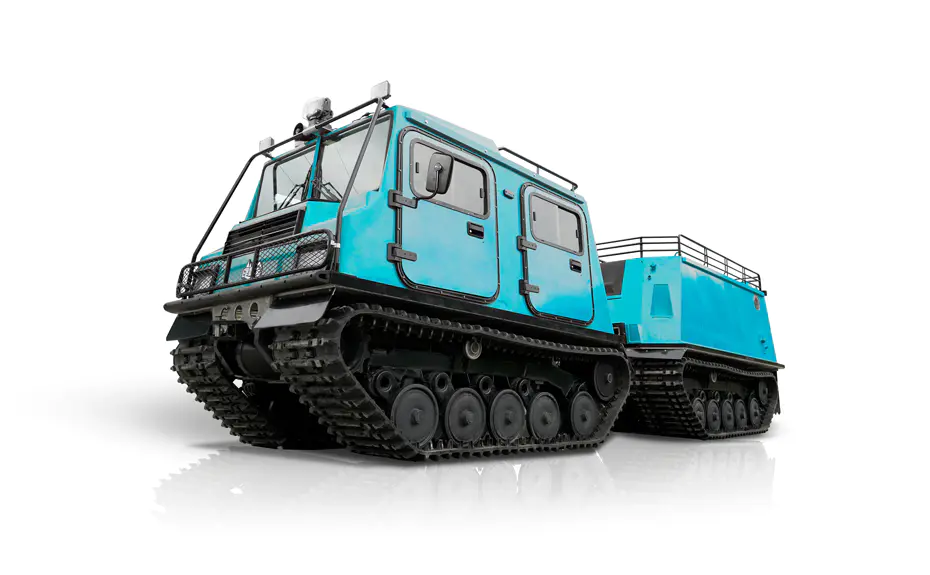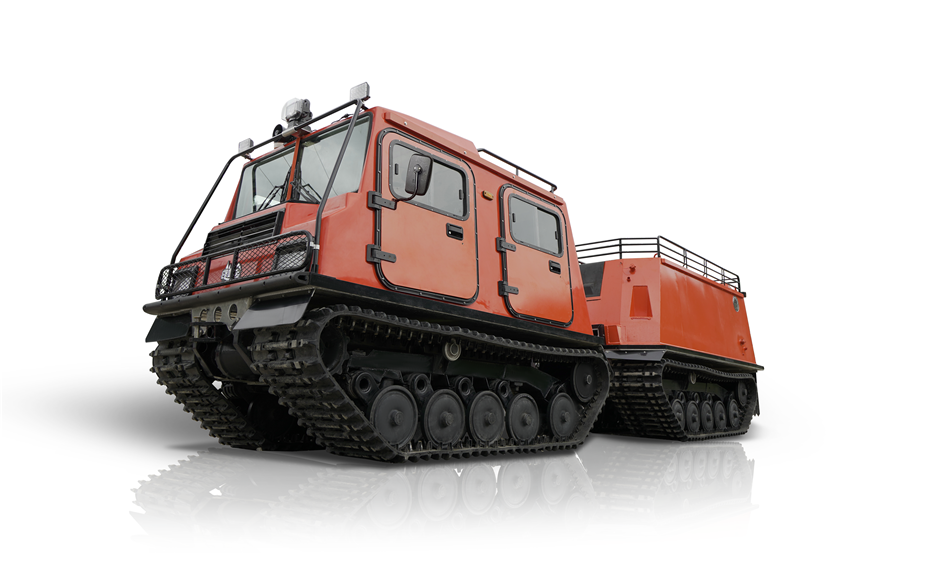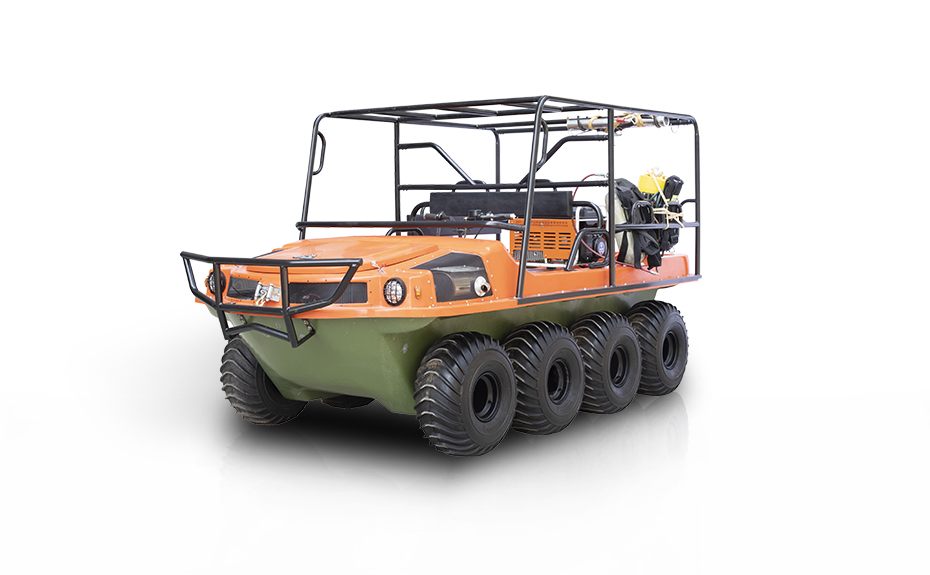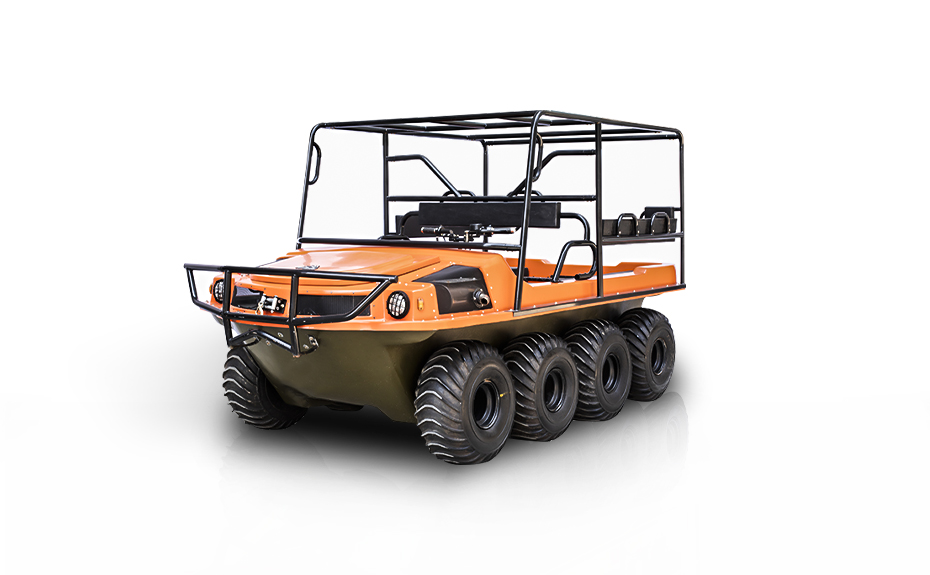
Changing Disaster Response: The Rise of the Tracked Utility Terrain Emergency Rescue Vehicle Carrier
In the evolving landscape of disaster response and emergency management, few innovations have made an impact as significant as the Tracked Utility Terrain Emergency Rescue Vehicle Carrier. Developed to answer the increasingly complex demands of emergency rescue operations, this specialized vehicle is quickly becoming an indispensable asset across global rescue and disaster recovery missions.
The Tracked Utility Terrain Emergency Rescue Vehicle Carrier, or TUTERVC as it's starting to be known in industry shorthand, is designed to traverse the unforgiving terrains—snow-covered landscapes, muddy floodplains, rocky mountainsides, and debris-strewn disaster zones. Its good mobility is thanks to its reinforced track system, which provides good grip and maneuverability, making it a good platform for emergency response in remote or inaccessible locations.
In recent months, the Tracked Utility Terrain Emergency Rescue Vehicle Carrier has been deployed in a variety of critical missions. During the March 2025 avalanche in Montana, one responders credited the TUTERVC with saving dozens of lives. Traditional wheeled vehicles failed to navigate the deep snow and unstable terrain, but the tracked carrier moved effortlessly, transporting medics and injured individuals with good efficiency.
A hallmark of the Tracked Utility Terrain Emergency Rescue Vehicle Carrier is its modular configuration. It can be outfitted for multiple mission types including medical evacuation, fire suppression, search and rescue, and even mobile command and control. The medical module, for instance, includes climate-controlled compartments, life-support equipment, and secure seating for paramedics and up to four patients on stretchers. This adaptability ensures that emergency teams can customize the vehicle for mission-specific needs without compromising response time.
“Time is critical in rescue operations, and the Tracked Utility Terrain Emergency Rescue Vehicle Carrier gives us a clear edge,” said Chief Dana Ruiz of the Colorado Emergency Response Task Force. “Its ability to go where helicopters can’t land and ambulances can’t drive has changed the way we approach disaster zones.”

In flood-prone regions, the Tracked Utility Terrain Emergency Rescue Vehicle Carrier has demonstrated good capability. In April, following record rainfall and flash floods in Mississippi, the vehicle was utilized to reach stranded families and deliver supplies to isolated communities. Its amphibious-grade construction and watertight compartments ensured that both responders and evacuees remained safe, dry, and operational.
Another key advantage of the Tracked Utility Terrain Emergency Rescue Vehicle Carrier is its sustainability. The new models run on hybrid-electric propulsion systems, significantly reducing their carbon footprint and noise output. This not only reduces environmental impact but also aids in stealth operations where silence is critical, such as wildfire search efforts or rescue missions involving vulnerable individuals.
Private sector interest is also growing. Mining companies, wilderness expedition operators, and even oil pipeline inspectors are exploring the use of the Tracked Utility Terrain Emergency Rescue Vehicle Carrier to enhance safety protocols in remote operations.
As natural disasters grow in frequency and intensity due to climate change, the demand for resilient, adaptable emergency rescue vehicles is only expected to increase. The Tracked Utility Terrain Emergency Rescue Vehicle Carrier is poised to set a new standard in the industry—combining brute strength, good technology, and mission flexibility into one reliable platform.
Industry analysts predict that the Tracked Utility Terrain Emergency Rescue Vehicle Carrier could become as common to modern rescue teams as fire trucks and ambulances were in the 20th century. With continuous improvements in AI navigation, drone integration, and satellite connectivity, future iterations may even offer semi-autonomous operation—allowing teams to focus more on life-saving efforts and less on vehicle logistics.











 浙ICP备2022029871号
浙ICP备2022029871号